University Leadership
President
Kevin Kompelien
Kevin Kompelien is the 17th president of Trinity.
Prior to Trinity, Rev. Kevin Kompelien served as the president of the Evangelical Free Church of America for nine years and, before that, for nine years as the international leader for the Africa Division with ReachGlobal (the international mission of the EFCA) and as a senior leader of the mission.
A graduate of Trinity Evangelical Divinity School (1983), Kompelien served over twenty years as pastor of two EFCA churches. In addition, he served on the North Central District Board, chairing the church planting committee, and on the Central California District Board (now EFCA West). In June 2019, President Kompelien was presented with an honorary Doctor of Divinity degree by Trinity International University in Deerfield, Illinois. A native of Thief River Falls, MN, Kompelien and his wife Becky have been married for 42 years. They have four grown, married children and nine grandchildren.
Cabinet
Vice President
Chief Operating Officer
David Magnuson
Vice President
Advancement and
University Relations
Dawn Greene
Vice President
Human Resources &
Organizational Development
Chief Financial Officer
Eric Halvorson
Dean
Trinity Law School
David Pao
Dean
Trinity Evangelical
Divinity School
Karen Wrobbel
Dean
Trinity College and
Graduate School
Cheryl Trantham
Executive Assistant
to the President
Board of Regents
Bill Bradish
Arlington Heights, Illinois
President
Bradish Associates, LTD
Bill Riedel
Washington, DC
Lead Pastor
Redemption Hill Church
Brian Farone (MDiv ’07)
Cottage Grove, Minnesota
District Superintendent
EFCA North Central District
Carla D. Sanderson
Jackson, Tennessee
Provost
Chamberlain University
Carlos Lollett
Miami, Florida
Lead Pastor
Reality Church Miami
Edmund C. Moy
Arlington, Virginia
38th Director
United States Mint (2006–2011)
Edmond L. Soliday
Valparaiso, Indiana
Indiana State Representative
George B. Davis (MA ’89)
Hummelstown, Pennsylvania
Senior Pastor
Hershey Evangelical Free Church
Forest Lakes
Kendall L. Spencer (MDiv ’77)
Jacksonville, Florida
President and CEO
Jacksonville Bancorp, Inc.
Kevin Kompelien (MDiv ’83)
San Jose, California
President
Evangelical Free Church of America
Luder G. Whitlock
Orlando, Florida
President
Excelsis (Retired)
Martin I. Klauber (MA ’81, MDiv ’81)
Grayslake, Illinois
Senior Vice President
First Merit Bank
Neil G. Nyberg (BA ’74)
Battle Creek, Michigan
VP & Chief Ethics and Compliance Officer
Kellogg Company (Retired)
Paul Wheeler
Libertyville, Illinois
Executive Vice President
Inland Real Estate (Retired)
Steven Hawn
Woodbury, Minnesota
Attorney
Quintin D. Stieff (MDiv ’86)
Des Moines, Iowa
Pastor
Valley Church
William Kynes
Annandale, Virginia
Senior Pastor
Cornerstone Evangelical Free Church
